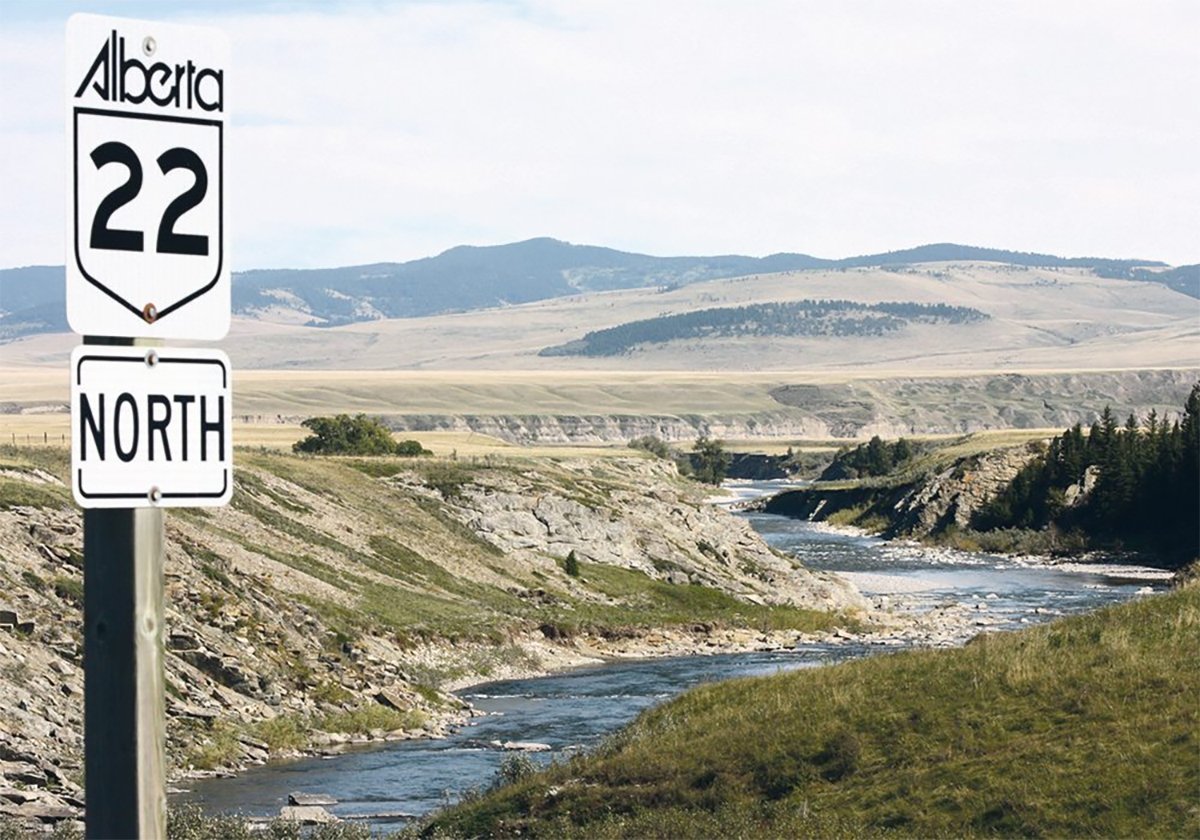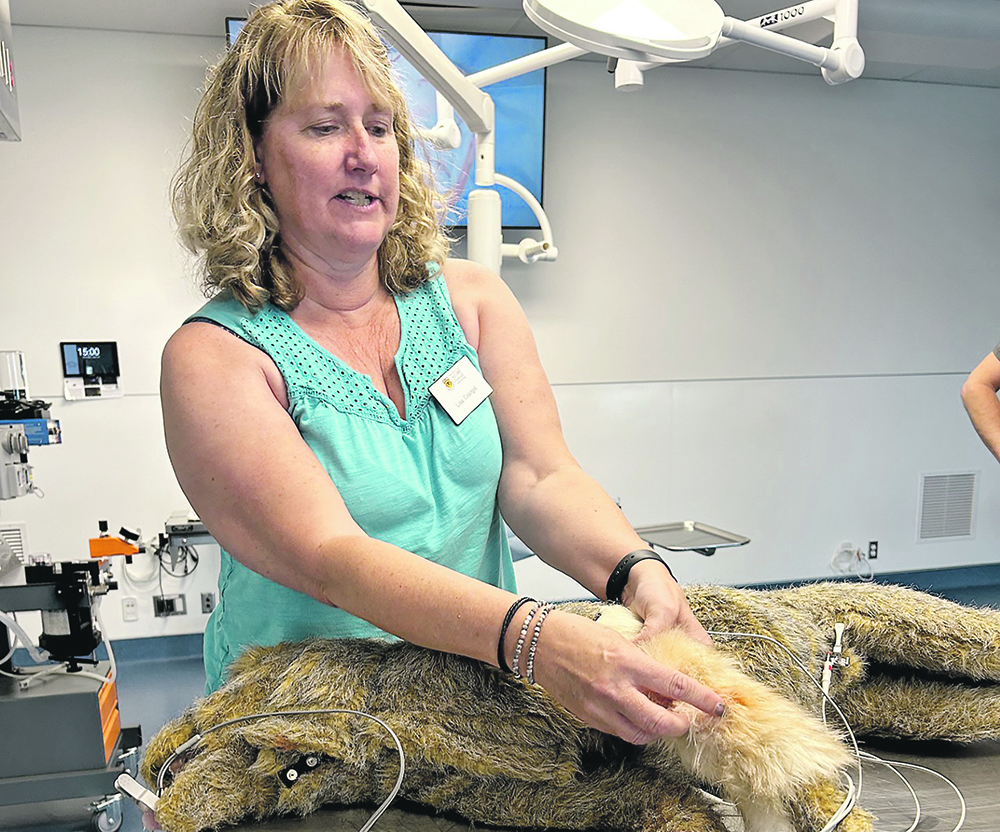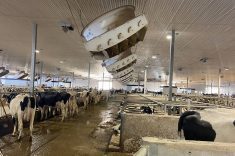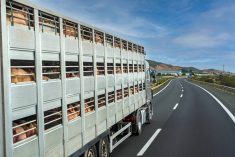CALGARY — With the University of Calgary’s veterinary school soon to be educating more than three times as many students as it began with in 2008, one might assume the veterinarian drought will soon be over.
That won’t even keep rural vet numbers flat, let along fill the growing gaps that are leaving livestock and farmers exposed to unnecessary disease, death and other animal health situations.
“Even if (Alberta veterinary practices) took all of our grads, we would still be 500 short,” said Robert McCorkell, the veterinary medicine professor overseeing student admissions.
Read Also

New coal mine proposal met with old concerns
A smaller version of the previously rejected Grassy Mountain coal mine project in Crowsnest Pass is back on the table, and the Livingstone Landowners Group continues to voice concerns about the environmental risks.
The shortage of veterinarians across rural Western Canada is a growing crisis for farmers, and a problem that spans the continent. Veterinary schools in the United States have been expanding, new vet-med faculties have been opening, and still there is a growing gap between the demand for vets and the supply of doctors.
“They’re having the same problem,” said McCorkell in a discussion with international agricultural journalists this summer at the college.
“They’re chasing this big deficit.”
Construction is beginning on new facilities at the Calgary vet college, necessary for the school to handle 100 students per class each year, an increase from today’s 50, and from the inaugural 2008 class of 30.
Rural veterinary practices are looking to add new practitioners, but with demand outstripping supply, almost all are chronically short of doctors.
Exhausted rural vets are quitting, burning out, and even committing suicide. The stress extends to veterinary technicians, who often have to fill multiple roles in understaffed clinics.
“It’s a huge problem,” said Lisa Colangeli, manager of clinical teaching technicians at the college.
While veterinary burnout is a longstanding problem, the situation seems worse these days, Colangeli said. The increased stress of working through the pandemic, combined with people buying thousands of “pandemic puppies” all requiring veterinary care, have pushed many vet clinic staff to the edge.
“COVID was the breaker, I think,” said Colangeli.
In 2022, The Atlantic magazine highlighted the situation in the article The Great Veterinary Shortage. It detailed the situation, also common in other frontline professions, in which legions of 60-something practitioners retired early rather than spend their last couple of years dealing with COVID-era complications.
Suicide rates for female vets are more than triple that of other women, while male vets are more than twice as likely to commit suicide as others.
Rural practices suffer especially because of isolation and the difficulties at turning away local demands for 24-7 service. Rural vets can’t just disappear into the crowds of the city. They run into clients everywhere they go.
McCorkell said the loss of aging vets is creating more problems than just a one-for-one replacement need. The age of the workaholic vet is ending.
“A retired vet of my age has to be replaced by two or three veterinarians,” said McCorkell.
“It was nothing for us to work 70 or 80 hours a week. Young people are much smarter now. They don’t do that.”
New and expanded veterinary colleges in Calgary and Saskatoon are educating a new generation of veterinarians, with farmers and other animal owners hoping for an alleviation of the chronic shortages in veterinary care that have become so common.
For various reasons, the situation looks unlikely to improve much, but predictions about the future could prove wrong.
McCorkell remembers that when he was in vet school more than 40 years ago, there were projections that there would be a glut of veterinarians in the 1990s.
“We were worried we would have trouble finding work,” said McCorkell.
“We were so wrong.”


















